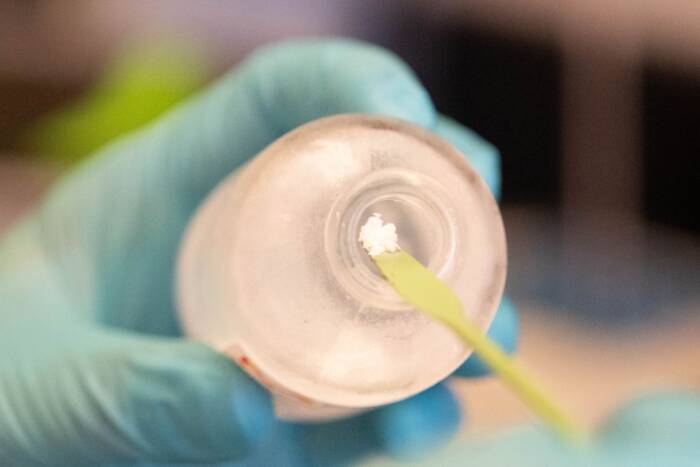Antique vacuum pump finds new home in Pennsylvania
Not as iconic as the breakthrough discoveries and famous names, but a vital part of Rockefeller’s history nonetheless — a pump that supplied vacuum pressure to Rockefeller labs for over half a century — is having its moment in the spotlight. One of the last of its kind in Manhattan, the 1952 pump (left) has been donated to the National Museum of Industrial History, a new facility now under construction in Bethlehem, Pennsylvania.
 The pump, powered by a 14.2-horsepower steamengine, was still functioning but had been replaced by more efficient electrically powered pumps a few years ago, and the space it occupied in the university’s Power House was needed for other equipment. By donating the equipment the university did not have to pay to have it dismantled and removed.
The pump, powered by a 14.2-horsepower steamengine, was still functioning but had been replaced by more efficient electrically powered pumps a few years ago, and the space it occupied in the university’s Power House was needed for other equipment. By donating the equipment the university did not have to pay to have it dismantled and removed.
“This is a very rare opportunity for us,” says Mike Piersa, a historian at the museum. “There used to be steam engines everywhere in Manhattan, used in compressed air machines or in vacuums. To find one surviving today is just amazing, let alone one in such good condition that we could retrieve it.” Mr. Piersa says he knows of only four other steam engines that were found in one piece in Manhattan — two ran elevators and two made electricity — all of which are in museums now. Most others have been either dismantled or entombed in place in concrete.
The cast iron and steel pump was built by the now defunct Worthington Corporation in Buffalo, and is eight-and-a-half feet long and 3,500 pounds. It supplied vacuum pressure to the labs on the southern end of Rockefeller’s campus, and the steam it exhausted was recycled to heat the buildings. With two flywheels and an engine that turns at 350 rotations per minute it required daily oiling to keep the moving parts working smoothly.
The National Museum of Industrial History, affiliated with the Smithsonian Institution, will showcase the accomplishments of America’s inventors, industrialists and workers, and preserve the record of industrial advancements from the mid-1800s to the present.


